When most people mention telecentric lenses, their first thought is that telecentric lenses have no distortion. The correct term should be that telecentric lenses have no parallax.That is, when observing within the depth of field, the size of the object does not change with the working distance (strictly speaking, the amount of change is very small), making telecentric lenses ideal for use in the field of high-precision measurements.
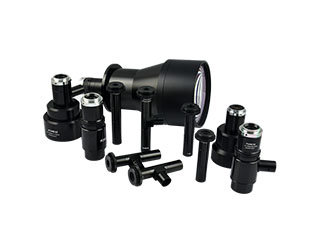
How does the telecentric lens achieve no parallax?
This is mainly ensured by the optical design architecture of the lens,In common lenses, such as FA lenses, the main rays of off-axis incident light come with a divergence angle, and the smaller the focal length, the greater the divergence angle and the greater the parallax.However, the main ray of light incident on each field of view of telecentric lenses is parallel to the optical axis, thus eliminating parallax.(It's worth clarifying that it's not parallel light incidence; if it were, it would indicate that the object is at infinity.)
When choosing telecentric lenses, the working distance and external dimensions can be determined according to the actual use requirements.If the camera has already been selected, you can first select a telecentric lens series that supports this camera's target surface, and then determine the magnification of the lens by the ratio of the camera's target surface to the size of the field of view to be observed.
The resolution can be selected according to the actual need, but it is necessary to convert to the pixel size through the magnification to determine whether it matches the camera.If you want the best resolution to match your camera, you can get it directly by converting pixel size to magnification.The lens specification table generally gives the minimum depth of field, if the depth of field is not enough, you can lose resolution to change the depth of field appropriately, if you want a smaller depth of field, you need to re-select a lens with a larger NA.
Product recommendation
TECHNICAL SOLUTION
MORE+You may also be interested in the following information
FREE CONSULTING SERVICE
Let’s help you to find the right solution for your project!


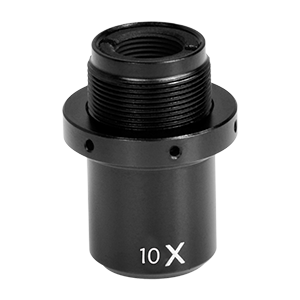
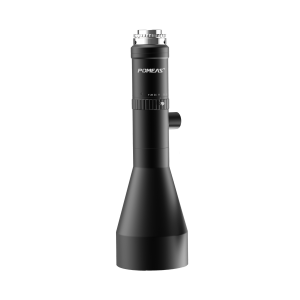
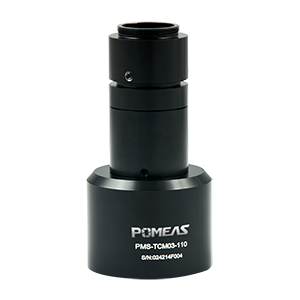
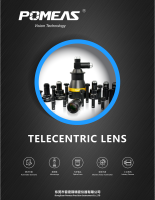
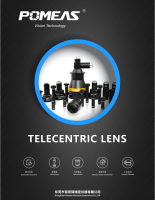

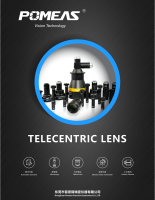
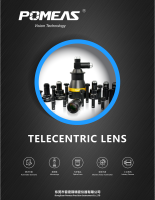

 ASK POMEAS
ASK POMEAS  PRICE INQUIRY
PRICE INQUIRY  REQUEST DEMO/TEST
REQUEST DEMO/TEST  FREE TRIAL UNIT
FREE TRIAL UNIT  ACCURATE SELECTION
ACCURATE SELECTION  ADDRESS
ADDRESS Tel:+ 86-0769-2266 0867
Tel:+ 86-0769-2266 0867 Fax:+ 86-0769-2266 0867
Fax:+ 86-0769-2266 0867 E-mail:marketing@pomeas.com
E-mail:marketing@pomeas.com
